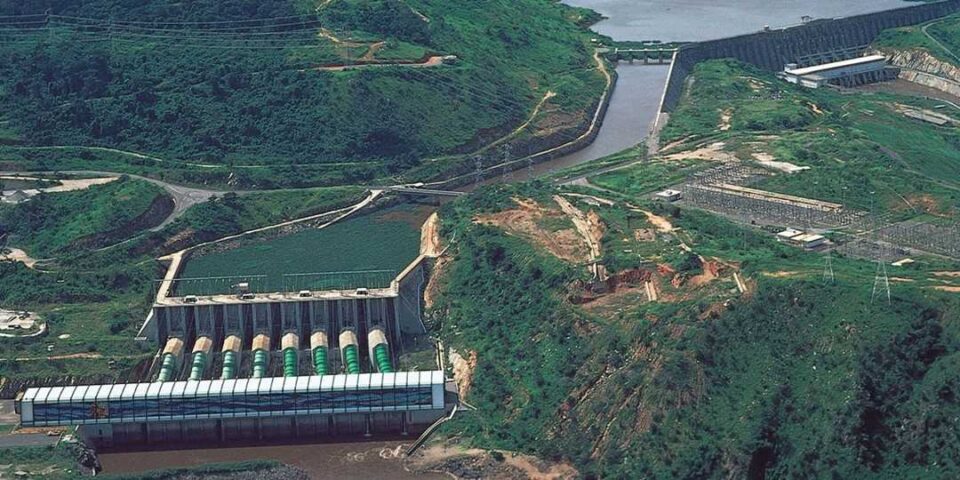KINSHASA – In a bold move that could reshape Africa’s energy future, the World Bank has committed $1 billion to revive the long-stalled Inga III hydropower project in the Democratic Republic of Congo (DRC)—a vital phase of what could become the world’s largest hydropower complex.
The funding comes as part of the Bank’s broader “Mission 300” initiative, which aims to provide electricity access to 300 million Africans by 2030. Inga III alone has the potential to generate up to 11,000 megawatts (MW)—more than triple the DRC’s current power capacity and enough to power entire regions in Central and Southern Africa.
Of the pledged support, $250 million will be released initially to finance technical studies, support reforms at the national electricity utility (SNEL), and attract private-sector investment into a project historically burdened by financial, political, and governance setbacks.
“Inga III represents a game-changing opportunity not only for the DRC but for the continent,” said Ajay Banga, President of the World Bank. The broader initiative is expected to unlock as much as $85 billion in private investment for energy projects across Africa.
From Unrealized Potential to Continental Pillar
Located on the Congo River, the third-largest river in the world by volume, the Grand Inga site has long been touted as a key to solving Africa’s energy deficit. The ultimate vision—a 40,000 MW megacomplex—remains unmatched anywhere on the globe.
However, past efforts have been hampered by a legacy of abandoned deals, investor disputes, and political instability. Initial phases, Inga I and II, launched in the 1970s and 1980s, have largely served southern DRC’s mining sector—powering multinational operations extracting copper and cobalt, including Glencore, CMOC, and China Railway Group.
Today, the Congolese government hopes to change that.
Inga III is now being reimagined not just as an energy backbone for industry, but as a foundation for nationwide electrification—including Kinshasa—and for power exports to energy-poor neighbors such as Zambia, Angola, and South Sudan.
“This approach maximizes the chances of Inga III actually happening,” said Yadviga Semikolenova, the World Bank’s energy lead for Eastern and Southern Africa.
Africa’s Energy Future Hinges on Execution
For many African countries, the Inga III project offers a symbol of continental ambition and a test case for whether mega-infrastructure can be delivered at scale, ethically, sustainably, and inclusively.
Critics, however, warn that lessons from the past must be heeded. Transparency, local benefit-sharing, and environmental safeguards will be critical if the project is to avoid repeating earlier mistakes.
With more than 600 million Africans lacking electricity, Inga III could become a pillar of Africa’s green energy transition—if promises translate into progress.
As the continent eyes cleaner, more resilient power systems to support growth, industrialization, and climate resilience, the revival of Inga III may well represent Africa’s most consequential energy moment in a generation.


